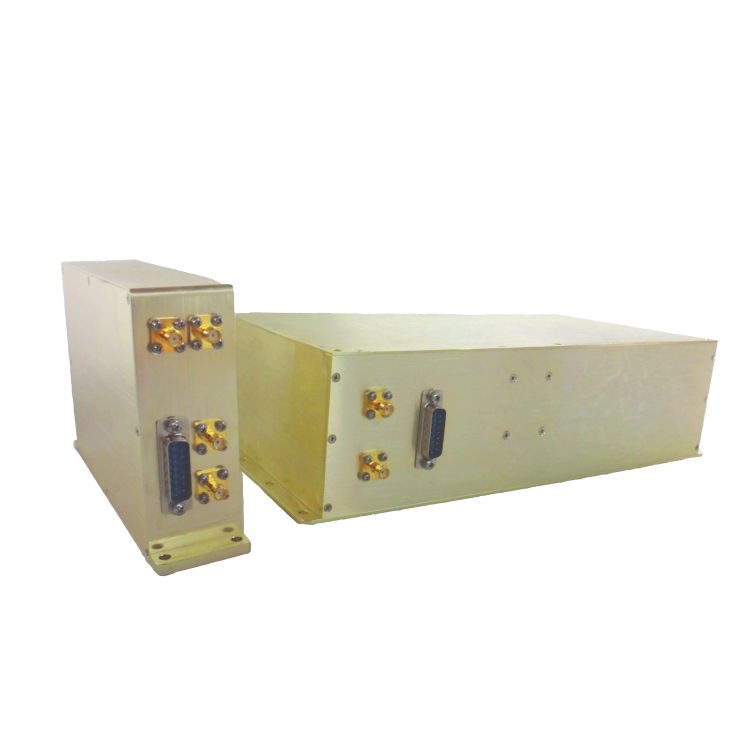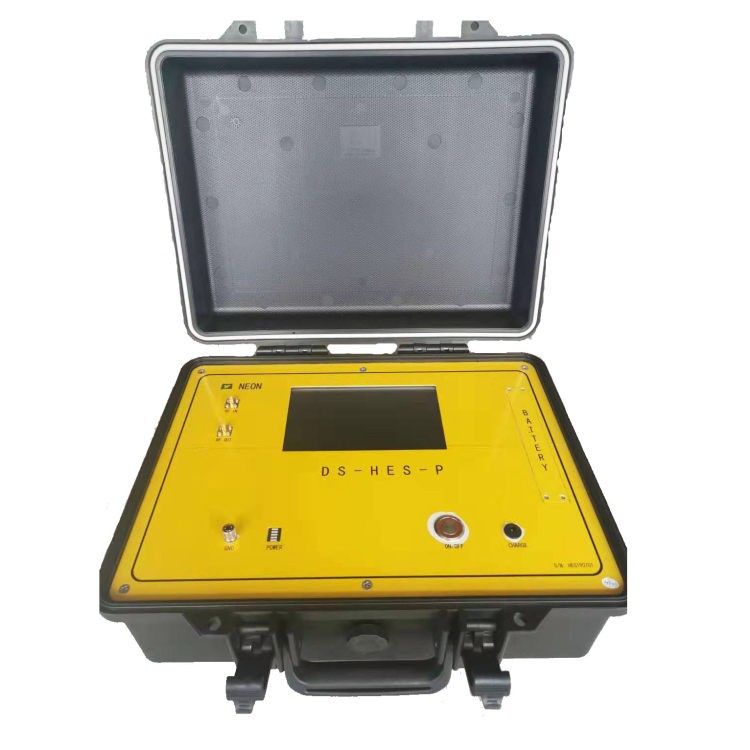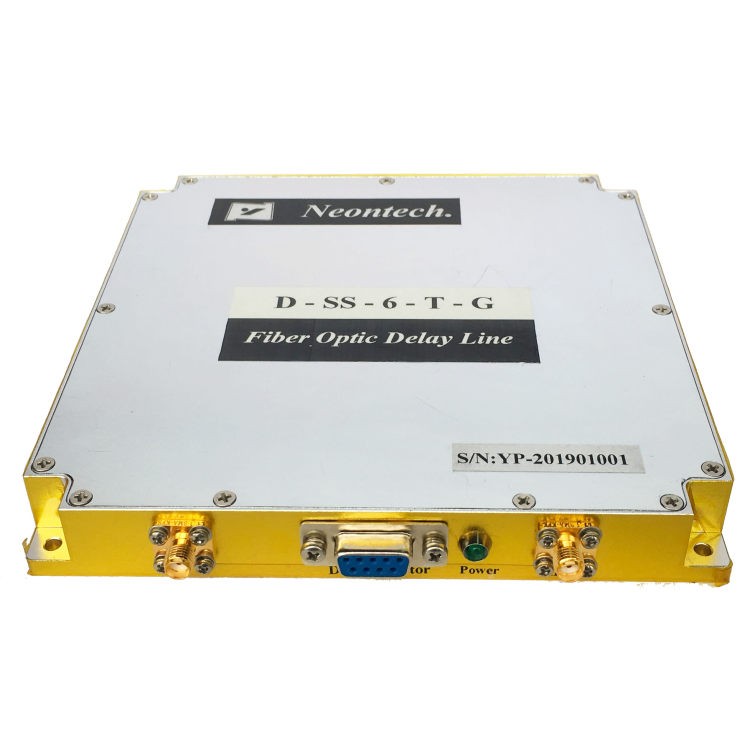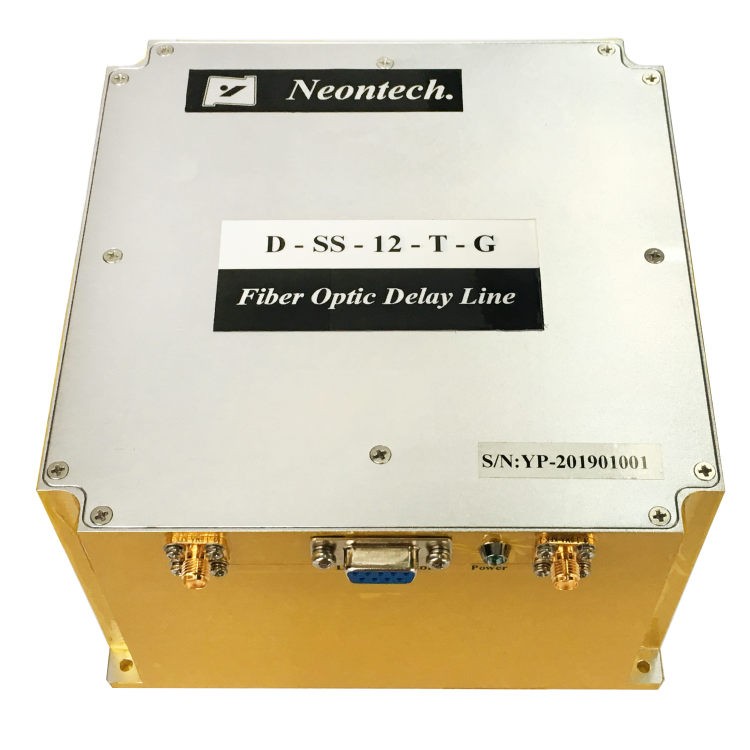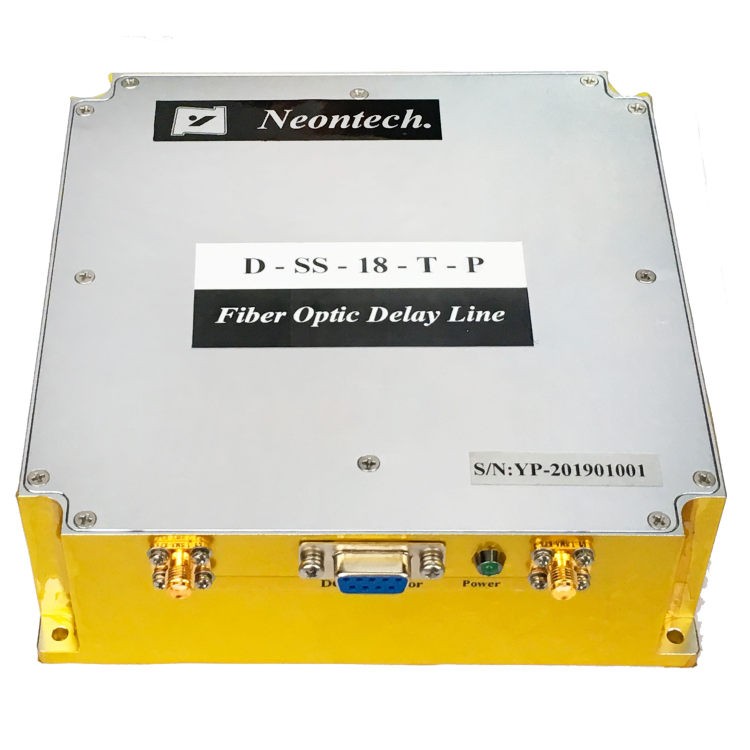How Optical Fiber Simulation Drives Innovation in Communication?
Optical fibers stand as the linchpin of modern communication, reshaping the landscape of how we transmit data. These slender filaments, crafted from glass or plastic, form the backbone of contemporary communication infrastructure, facilitating the swift transmission of vast data volumes at remarkable speeds. The optimization of these critical components hinges on a potent tool: optical fiber simulation. This article delves into the intricate world of optical fibers, exploring the fundamental principles governing digital signal transmission, the factors influencing performance, and the crucial role of simulation in shaping this technology.
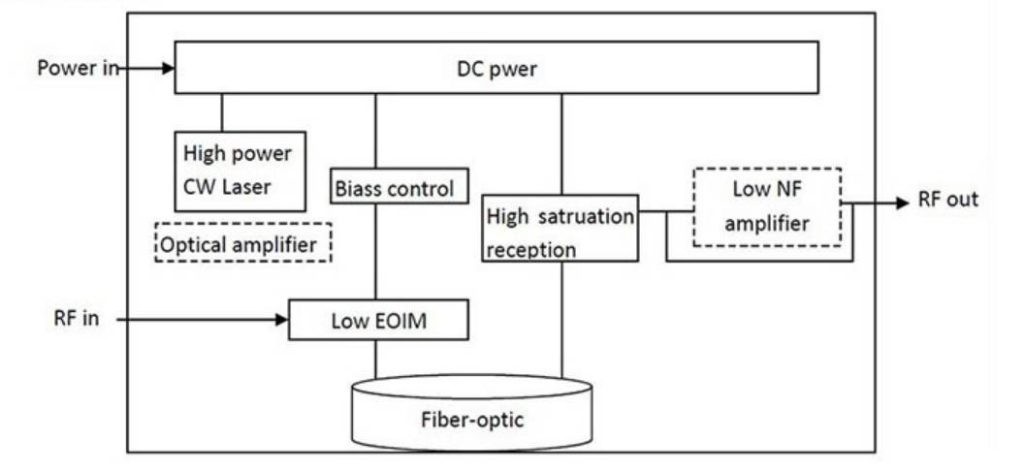
What is Optical Fiber Transmission?
As light traverses an optical fiber, it encounters various obstacles that can deteriorate the quality of the transmitted signal. The primary concern is attenuation, which signifies the gradual weakening of signal strength over distance. This phenomenon arises from factors such as absorption, where a portion of the light energy is transformed into heat within the fiber itself.
Another critical factor impacting transmission performance is dispersion. This term refers to the phenomenon where a light pulse broadens temporally as it travels through the fiber. Two main types of dispersion exist chromatic dispersion and modal dispersion. Chromatic dispersion originates from the dependence of light velocity on its wavelength within the fiber. This disparity causes light of various wavelengths within a single pulse to travel at slightly different speeds, leading to pulse broadening. Modal dispersion, prevalent in multimode fibers, occurs because of the varying path lengths taken by distinct light modes within the core, resulting in further pulse broadening.
Despite these challenges, optical fiber transmission offers substantial advantages over traditional copper cables. The significant difference in refractive index between the core and cladding allows for tight confinement of light, enabling much wider bandwidths compared to copper. This translates to a significantly increased capacity for carrying data. Additionally, optical fibers exhibit low signal loss, permitting longer transmission distances without the need for signal regeneration. Furthermore, optical fibers are immune to electromagnetic interference (EMI), which can disrupt signals in copper cables.
How Digital Signals Transmitt in Optical Fibers?
At the heart of optical fiber communication lies the ingenious concept of converting digital information into light pulses. Binary data, represented by 0s and 1s, is encoded onto light signals by modulating a light source, typically a laser diode. A high intensity level signifies a 1, while a low intensity level represents a 0. This encoded light is then injected into the core of the optical fiber.
The ability of optical fibers to guide light signals relies on a fundamental principle in physics – total internal reflection (TIR). When light travels from a denser medium (the fiber core) to a less dense medium (the cladding), at a specific angle exceeding a critical value, it undergoes complete reflection back into the core. This phenomenon traps the light within the core, allowing it to propagate along the length of the fiber.
Optical fibers come in two main types: single-mode and multimode. Single-mode fibers have a core diameter smaller than the wavelength of light being transmitted. This allows only one mode, or path, for light to travel, minimizing signal distortion. Multimode fibers, on the other hand, have a larger core diameter, enabling multiple light modes to propagate. While this increases light-carrying capacity, it can also lead to a phenomenon called modal dispersion, which will be discussed later.
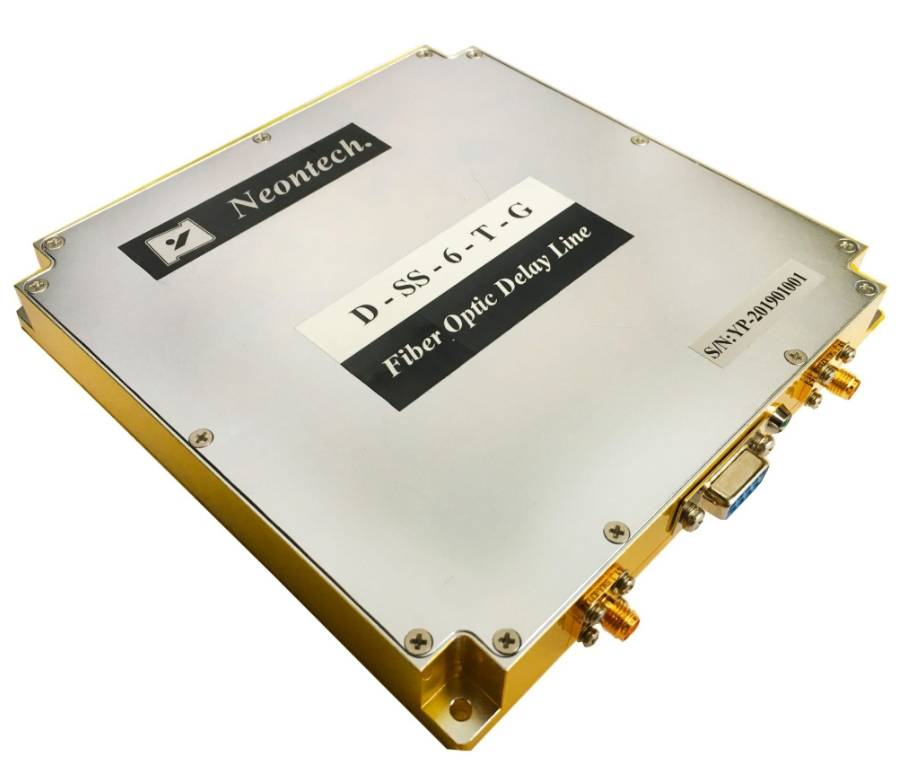
Why Need Optical Fiber Simulation?
Optical fiber simulation plays a pivotal role in the design and optimization of fiber optic components and systems. These powerful software tools empower engineers to virtually model the behavior of light propagating through a fiber under various conditions. This enables them to predict the performance of a fiber design before it is even manufactured, saving time and resources.
One of the primary applications of optical fiber simulation is in designing fiber optic components. By simulating light propagation through different fiber geometries and materials, engineers can optimize parameters such as core diameter, cladding thickness, and refractive index profile to achieve desired transmission characteristics. For instance, simulations can be used to minimize dispersion effects, ensuring minimal signal distortion over long distances.
Furthermore, optical fiber simulation can be harnessed to analyze the performance of entire fiber optic systems. This includes simulating the behavior of light as it travels through various components such as couplers, amplifiers, and filters. By analyzing the interaction of light with these components, engineers can identify potential bottlenecks and optimize the overall system design for maximum efficiency.
Here are some specific examples of phenomena commonly simulated in optical fibers:
- Light propagation: Simulating the path of light through the fiber core, accounting for factors like total internal reflection and bending losses.
- Pulse distortion: Analyzing how pulse width broadens due to dispersion effects, impacting signal integrity.
- Signal power: Predicting the power level of the transmitted signal at different points along the fiber length.
Simulation: A Driving Force for Innovation
As research delves deeper into uncharted territories, optical fiber simulation will remain a critical driving force for innovation. By providing a virtual laboratory for testing and refining new fiber designs and system configurations, simulation tools will accelerate the development of next-generation optical communication technologies.
One exciting area of exploration enabled by simulation is the development of nonlinear fibers. These fibers exhibit properties that can be harnessed to perform complex signal processing functions, such as signal regeneration and wavelength conversion. By simulating the behavior of light in nonlinear fibers, researchers can design and optimize these fibers for specific applications, potentially leading to significant advancements in optical communication systems.
Furthermore, simulation tools will play a vital role in the development of high-capacity optical networks. These networks will utilize advanced techniques like wavelength-division multiplexing (WDM) to transmit multiple data streams simultaneously over a single fiber. By simulating the interaction of multiple light signals within a fiber, researchers can optimize network performance and ensure the reliable transmission of ever-increasing data volumes.
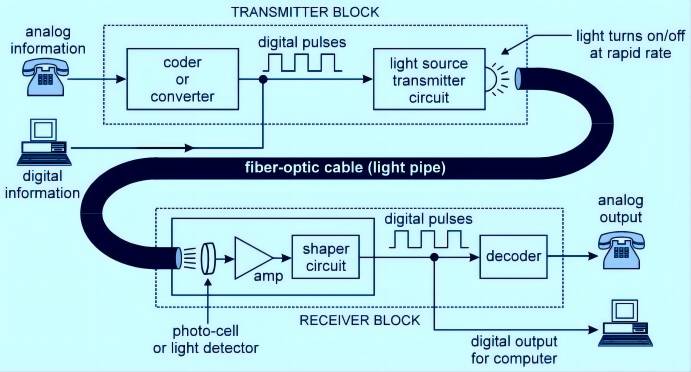
Conclusion
Optical fibers have undeniably revolutionized communication, ushering in an era of unprecedented data transmission capabilities. As the demand for bandwidth continues to surge, further advancements in fiber optic technology are imperative. By harnessing the power of simulation tools, researchers and engineers can explore innovative fiber designs, optimize system performance, and unlock the full potential of this transformative technology.
The synergy between cutting-edge research and powerful simulation tools will pave the way for the development of next-generation optical fibers with even greater capacities and improved transmission characteristics. With continued innovation, optical fibers are poised to remain at the forefront of information transmission for decades to come, shaping the future of communication and enabling the ever-growing data demands of our interconnected world.


